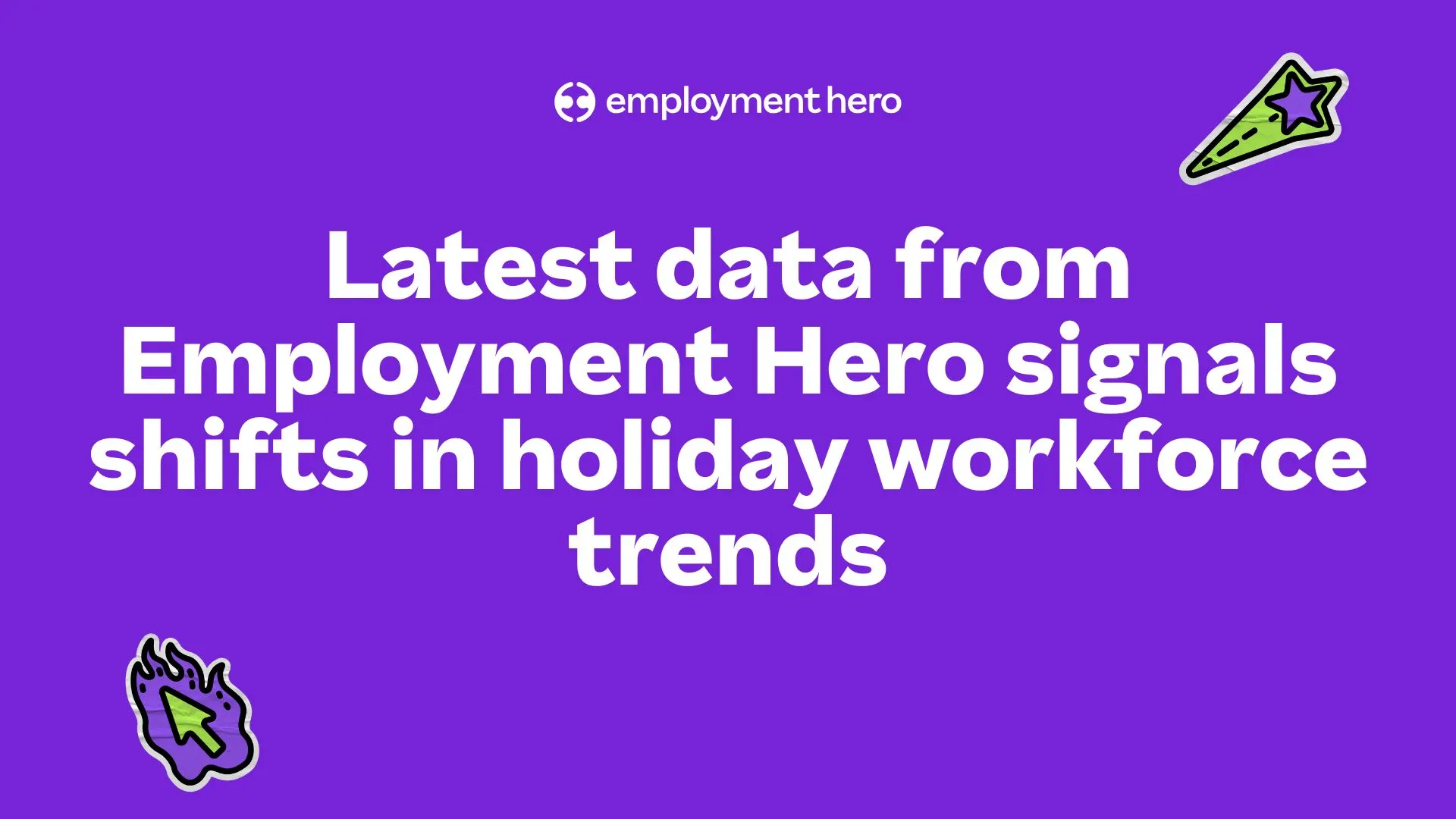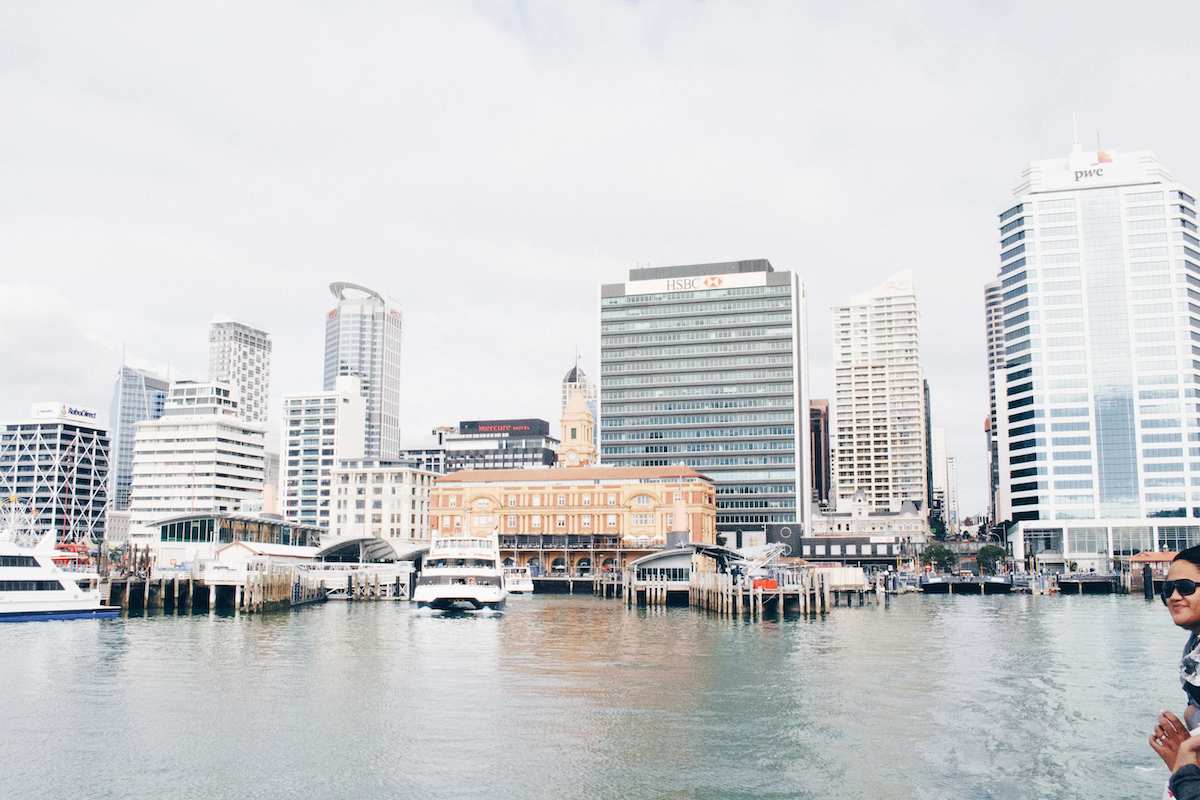What is a ‘wellbeing budget’ and how does it affect businesses?
With the rise in ‘Wellbeing Economy’ governments, how will this affect SMEs?

Back in 2019, New Zealand became the world’s first country to publish a ‘Wellbeing Budget,’ and now in 2022, it is on its fourth.
The Wellbeing Budget is founded on the idea that financial prosperity alone is not a sufficient measure of the quality of life. This in contrast to GDP — gross domestic product — which is increasingly being regarded as a blunt tool that is no longer fit for purpose in modern economies.
With the rise in ‘Wellbeing Economy’ governments, let’s explore the implications and opportunities for small businesses.
What is a wellbeing budget?
A wellbeing budget recognises that it is important to be able to measure economic growth and transactions, but that GDP has become a misleading proxy for human progress and fulfilment.
Increasingly, economists argue that GDP is not particularly inclusive. Many key sectors are excluded from the calculation, including unpaid labour, caring, volunteering, and environmental protection. And rather than see environmental harms as costs, GDP views pollution, crime, environmental disasters, as well as the health costs associated with smoking, as ‘growth’ simply because they generate spending.
A wellbeing budget therefore seeks to include and measure important and meaningful aspects of human experience, putting the wellbeing of citizens at the heart of government policies.
Wellbeing budgets are designed to use social and environmental indicators, along with economic and fiscal ones, to guide a government’s investment and funding decisions. It doesn’t automatically replace GDP, but can give a more holistic view of what a thriving society looks like.
What is measured in a wellbeing budget?
Wellbeing budgets are unique to the governments and societies that they are designed to serve. But generally they seek to take into account measures such as:
- Health of the population;
- Quality of education;
- Strength of social relationships;
- Intelligence of public debate;
- Integrity of public institutions;
- Social inequality; and
- Environmental degradation.
In 2021, Canada launched a Wellbeing Index, and Scotland is embedding wellbeing in its budget and policy decisions through the National Performance Framework. However, to date, the most developed concept so far comes from New Zealand.
What is New Zealand’s Wellbeing Budget?
In 2019, New Zealand’s Labor government, led by Prime Minister Jacinda Ardern, launched a budget aimed at tackling some of the long-term challenges the country faces, including domestic violence, child poverty, and housing.
This was the world’s first ‘Wellbeing Budget’, and was developed with reference to over 60 indicators highlighted within the New Zealand Treasury’s Living Standards Framework (LSF), which measure current wellbeing (income, housing, security, education health etc.); and future wellbeing (land use, skills and knowledge, health, natural and social environment).
Importantly, New Zealand’s Wellbeing Budget is also underpinned by a second framework: the He Ara Waiora, meaning “pathway to wellbeing”. Together these frameworks centre around the three core concepts of current wellbeing, inequalities and future wellbeing.
Whereas the traditional Budget Policy Statement focused on an analysis of economic indicators for the framing for the budget priorities such as GDP, inflation, and unemployment, the wellbeing budget bases its spending priorities on a scan of wellbeing. The most recent budget seeks to prioritise five key areas:
- Improving mental health;
- Reducing child poverty;
- Addressing the inequalities faced by indigenous Māori and Pacific island people;
- Thriving in a digital age; and
- Transitioning to a low-emission, sustainable economy.
It is designed to work across government departments to assess, develop and implement policies that improve wellbeing, focusing on outcomes that meet the needs of present generations as well as considering the needs of future generations. It also tracks progress in relation to the health of people, communities, the environment and public finances.
It’s important to note that economic and fiscal forecasts are still part of the budget policy statements, however they’re now presented towards the end of the budget policy statement, rather than as the overarching frame.
How do wellbeing budgets affect businesses?
It’s still very early days when it comes to how wellbeing budgets affect businesses. Metrics, monitors and measures are still being developed. However, we can glean some insights from New Zealand’s experience.
One notable consequence is that ‘wellbeing’ has become a common household term. After the pandemic rocked businesses the world over, wellbeing has been pushed closer to the top of many business owners’ priorities. For practical steps on supporting your employees’ mental health, download our Guide to boosting employee mental wellbeing.
There is also a recognition that wellbeing is important and must be considered holistically – it’s much more than just income, growth or profit. Health, wellbeing and the economy go hand in hand – what makes a good life covers many different factors and touch points, and businesses have an important role in providing, facilitating and delivering these.
And the lesson which we all know by now is that wellbeing is critical to business. As Girol Karacaoglu, former chief economist at the New Zealand Treasury and now head of the School of Government at Victoria University of Wellington says, “[y]ou won’t have a very productive workforce without it.”
Looking ahead, the implementation of a wellbeing budget at a national level may increase funding opportunities that businesses may be eligible for in order to either deliver wellbeing to its own employees, or to help deliver wellbeing in civic society, helping governments meet their own wellbeing targets and indicators. Discover effective, low-cost strategies to boost employee engagement in our free eBook.
For businesses looking to implement a similar approach to a Wellbeing Budget (without completely giving up on their P&L!), link up with national and global initiatives such as the Wellbeing Project or the Wellbeing Economy Alliance.

How to embed wellbeing outcomes in your business
Wellbeing has become a bit of a buzzword, but it’s important to recognise that simply offering, say, corporate yoga classes to your employees does not automatically improve their wellbeing. Instead, true wellbeing budgeting is about embedding wellbeing outcomes in your organisational projects, programmes, strategies and policies at an organisational level. This is what will increase resilience and improve employee engagement, performance and productivity, as well as reduce sickness absence.
After all, a happy team is a productive team and your people are at the core of your business success strategy. If you want to keep an eye on how you’re doing, consider tracking these metrics:
1. Employee burnout
Thanks to the global pandemic, employee burnout has spread like wildfire over the last few years. 58% of employees reported that it had affected them within the past three months. And, with the rise in the cost of living around the world, its importance has only increased.
Across the world, four in five HR leaders report that mental health and wellbeing is a top priority for their business.
Keep track of your team’s wellbeing by making sure that they are taking the right amount of leave to maintain a work-life balance. If you don’t have a leave management system in place yet, use one that can keep your payroll updated and empower your team to easily book time off without the hassle.
2. Employee engagement
Employee engagement plays a huge role in your retention strategy, so it’s important to keep track of how well they are doing. For a deeper dive into improving employee engagement without breaking the bank, check out our Workplace Wellness Bundle.
If you want to get valuable feedback that you can use, make use of software that empowers your team to submit anonymous feedback, so that you can really make a difference.
Employment Hero can help as your business grows
As you form your budget and business strategy for 2023, don’t fall into the trap of making it solely a numbers game. This was the problem with GDP after all. Like governments, businesses need budgets, but businesses and governments share some other things in common too: they are made up of people, and they are designed to serve people.
To embed wellbeing in your budget considerations, you need a system that knows that people are the beating heart of your business. That’s what Employment Hero does best – looking after the people driving your success as you continue to go from strength to strength.
And at a community or societal level, by creating happier citizens, you’ll feed into the national shift towards a more embedded model, whereby the economy is recognised as being embedded within our society and in the service of society and the environment – rather than one of three separate pillars. Ultimately, this is the goal of the Wellbeing Budget.
Do you have a wellbeing budget in your workplace? Share it with us!
More helpful resources:
Related Resources
-
 Read more: PEO vs. EOR: A guide to global hiring
Read more: PEO vs. EOR: A guide to global hiringPEO vs. EOR: A guide to global hiring
Learn the key differences between a PEO and an EOR. Discover why an EOR is the smarter, safer way to…
-
 Read more: Latest data from Employment Hero signals shifts in holiday workforce trends
Read more: Latest data from Employment Hero signals shifts in holiday workforce trendsLatest data from Employment Hero signals shifts in holiday workforce trends
Dec 2024 data: Employment up 7.6% YoY, but first monthly fall in a year (-0.1% MoM). Tech/Construction thrive; Retail and…
-
 Read more: Job growth slows but employment market showing signs of recovery, stability
Read more: Job growth slows but employment market showing signs of recovery, stabilityJob growth slows but employment market showing signs of recovery, stability
Feb data shows stability: Employment up 5.7% YoY, wages up 5.3%. Gen Z hiring surges 28% YoY. Construction leads all…


























